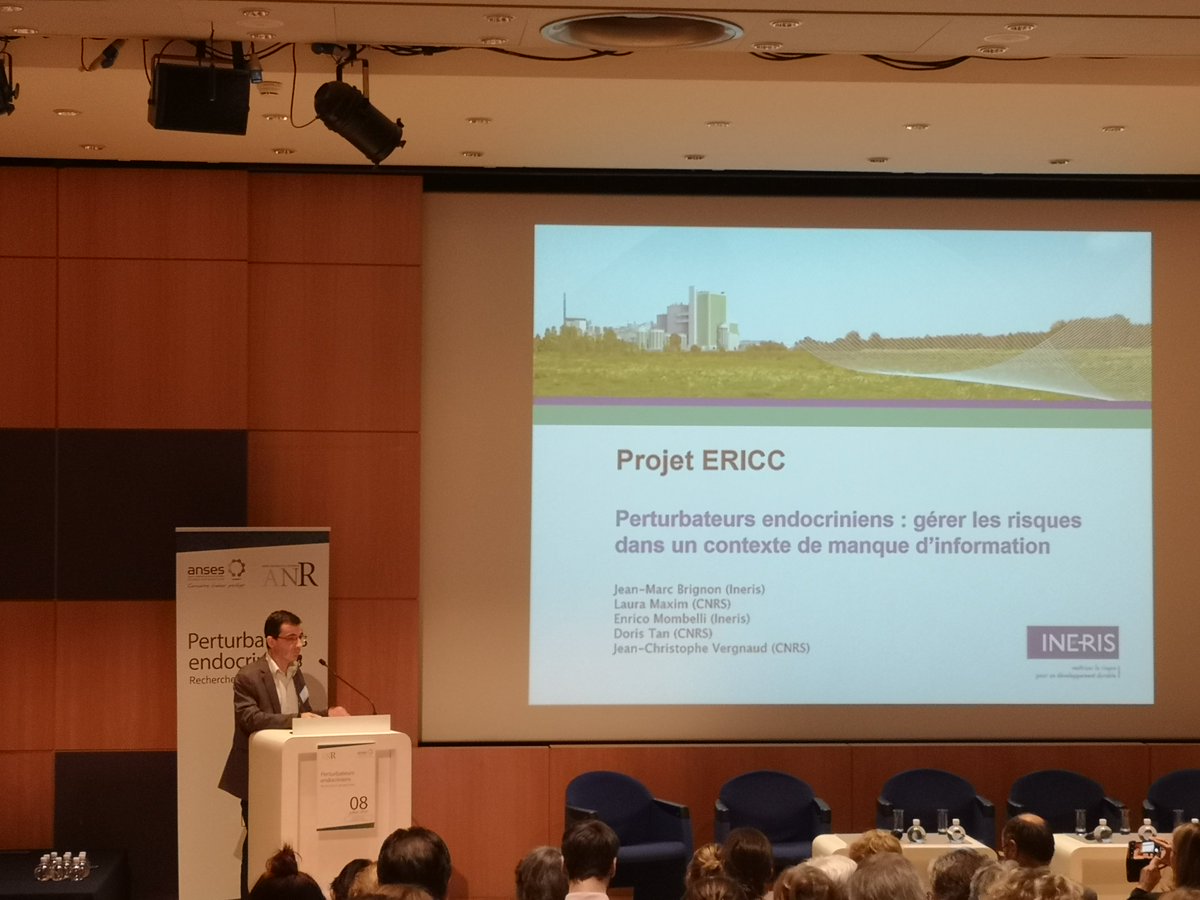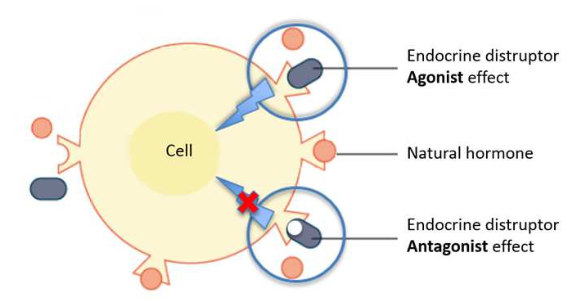(Here is the thread y’all have been waiting for….)
Our survey says…..Yes! They are!
What do I think? Mmmmmm. No. they are not….well..sorta.
But no.
Digging into the big #science questions of #astrobiology
(Thread)
(Nice open-access article on Ceres here by Julie Castillo-Rogez: liebertpub.com/doi/full/10.10… )
Some crystal making fun here: learning-center.homesciencetools.com/article/crysta…
(SciFi authors feel free to riff off these ideas.)
“Hey, why are these complex amino acids here? I don’t expect that!”
“Hey, why is the stable isotope ratio here so goofy? I don’t expect that!”
“Hey, what is this funky complex shape looking thing doing here? I don’t expect that!”
en.wikipedia.org/wiki/Diatom#/m…
en.wikipedia.org/wiki/Naviculal…
You’d have a rough time explaining that away as a chemical or physical process (but you’d have to try.)
en.wikipedia.org/wiki/Shewanell…
IT EATS METALS! HOW SERIOUSLY BAD-ASS IS THAT???
(Stuff they don't teach you in Biology 101 coming up...)
Per Wikipedia “Some host species cannot reproduce, or even survive, without Wolbachia colonisation”
en.wikipedia.org/wiki/Wolbachia
Say what?
Wolbachia could parasitize up to 70% of all insect species (one of most dominant forms on life on planet).
Yup.
They definitely did not cover this in sex ed. The Birds, the bees, and Wolbachia driving the bus.
(but not every individual in a village is helpful. some are parasites.)
"Here is where we make the phenylalanine."
I'd give them a 2/5.
So 1/5.
Just not the prion.
It's the idea of a protein world.






